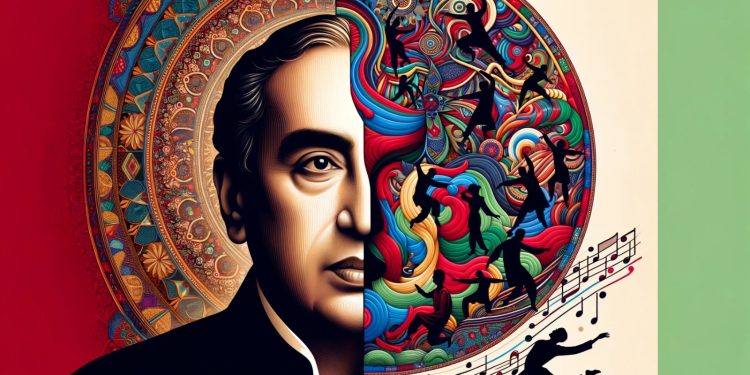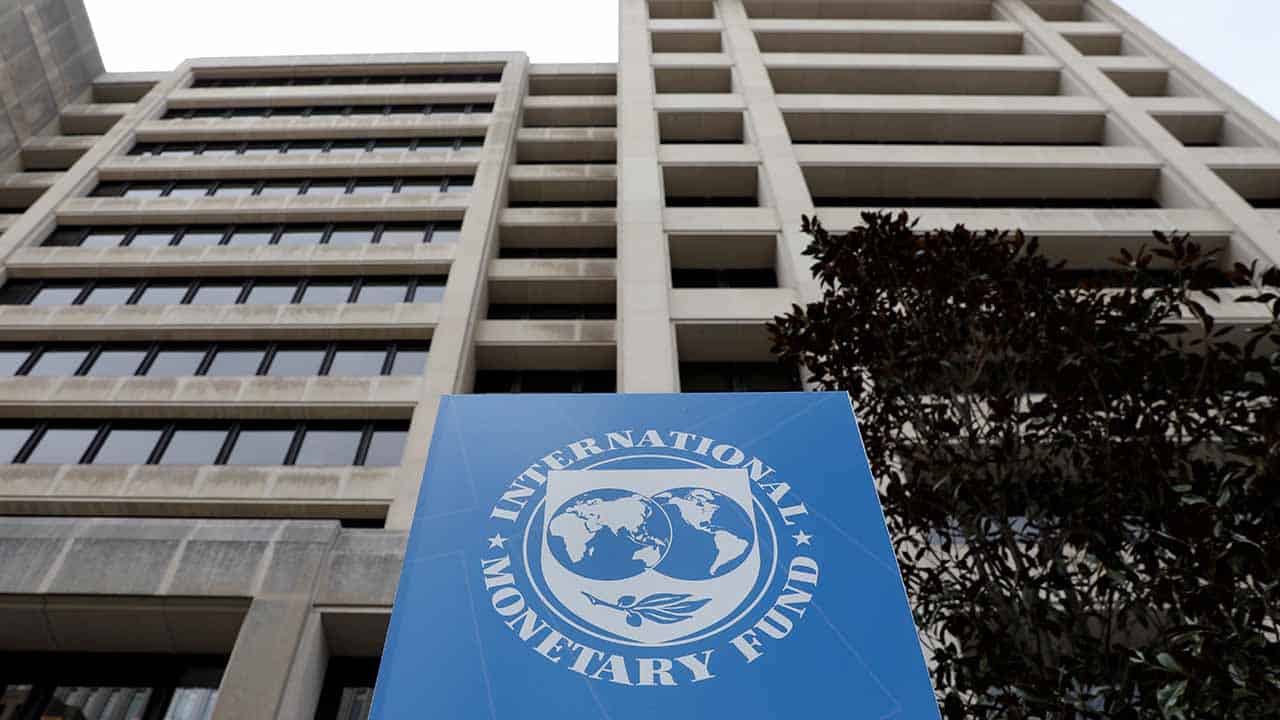One fine morning, amidst the swirl of ceaseless pressures and the looming shadows of despair, a melody drifted through the air—a familiar tune bearing the weight of history and the whispers of resilience. It was “Dila Teer Bijaa,” a song not merely of political fervor but a profound ode to the eternal dance of life itself. As the notes unfolded, I realized that this was no ordinary anthem but a symphonic embodiment of the human struggle between hope and hopelessness, a melody that carried within it the saga of a man deeply etched into its core—Zulfikar Ali Bhutto, a “Man of Crises.”
The concept of the dance of life, philosophically rich and deeply metaphorical, posits life as an intricate ballet of movements, where each step represents our responses to the rhythms of joy, adversity, triumph, and defeat. In “Dila Teer Bijaa,” this dance manifests through vigorous beats and stirring lyrics, echoing the communal heartbeat of a nation and the personal heartbeat of Bhutto himself. The song, vibrant and robust, does more than move bodies; it moves spirits, urging its listeners to partake in the rhythmic resilience against life’s caprices.
The dance of life, as depicted in this song, is not a choreographed performance but an improvisation. Each of us steps into the arena, often without preparation, faced with the music of our circumstances. Bhutto’s life, intertwined with the destinies of many, was a dance of high stakes—a dance of political intrigue and public hope, played out on the precarious stage of Pakistani politics. This song, then, becomes a metaphor not just for his life but for the life of every individual facing their trials. It celebrates the spirit of fighting back, of rising after a fall, of finding direction in the whirlwind of confusion.
As the song played that morning, it was as if the dawn itself conspired to lift the veil of my despondency. The lyrics, “Your love is like an imprint in our hearts,” resonated with a new meaning. It wasn’t just about a political legacy; it was about the indelible mark left by our personal battles and victories, the emotional tattoos engraved by our experiences. The energetic summons of “Heart, arrow, and hit!” transcended its immediate context, urging one to persevere, and to continue the dance, even when the steps seem muddled.
In reflecting on Bhutto’s journey through the lens of “Dila Teer Bijaa,” one can see the silhouette of every person’s story. His was a journey marked by crises and confrontations, yet it was also a testament to the human capacity to endure and to aspire. Just as a dancer responds to the changing tempo, so too must we adapt to the unpredictable rhythms of existence. This song, with each beat and each verse, serves as a reminder that despair and hope are but partners in the dance of life, each leading and following in turn.
Thus, “Dila Teer Bijaa” is more than an anthem; it is a philosophical meditation on the resilience of the human spirit. It reminds us that in the great dance of life, every hardship is a step, every joy a leap, and resilience the grace that keeps us performing. As I listened, the song imbued me with a renewed sense of purpose and direction, a reminder that even in moments of crisis, there is music to be found, and always, a reason to dance.
As this song continues to resonate across rallies and radios, let it be known that its echoes are not confined to the political arenas but dwell in the hearts of all who dance the precarious, beautiful dance of life.
About the Author:
My name is Bushra Latif, a unique blend of diverse experiences and passions. I began my journey as an English literature student, immersing myself in the world of words and stories. My path then took a creative turn as I pursued a career as a chef, where I honed my skills in the culinary arts. Today, I stand at the intersection of technology and entrepreneurship as the founder of an AI startup in Pakistan. This eclectic background fuels my perspectives and drives my commitment to innovation and cultural reflection.
Summary of the Article:
In my article, “The Resonance of Resilience: ‘Dila Teer Bijaa’ and the Dance of Life,” I explore the profound impact of a beloved Sindhi song on the collective and personal psyche of Pakistanis. The piece delves into the philosophical concept of the dance of life, using the powerful metaphor to draw parallels between the resilience depicted in the song and the life of Zulfikar Ali Bhutto, a figure synonymous with political struggle and perseverance. By intertwining cultural, political, and personal narratives, the article sheds light on how art and history shape our identities and inspire enduring hope amidst adversity.
What made me write this article: Writing this article was a deeply personal endeavor for me. Once, when I was at a particularly low point, contemplating giving up due to the challenges of being a solo founder, this song randomly played on my way to the office. Despite not understanding Sindhi or the lyrics at that time, the melody resonated deeply with me and the concept of the dance of life, giving me new hope and the strength to continue fighting. Intrigued, I later delved into the song’s meaning, and it has since stayed with me. As someone who writes only when something truly impacts me, connecting this song to the dance of life has been on my mind for quite some time. Recently, I have been reading extensively about the lives of Zulfikar Ali Bhutto and Benazir Bhutto, and all these influences converged, inspiring me to write this article and include references to my hometown, Dera Ismail Khan.
This content is the opinion by Ms. Bushra. Economy.pk is not responsible for any content.







